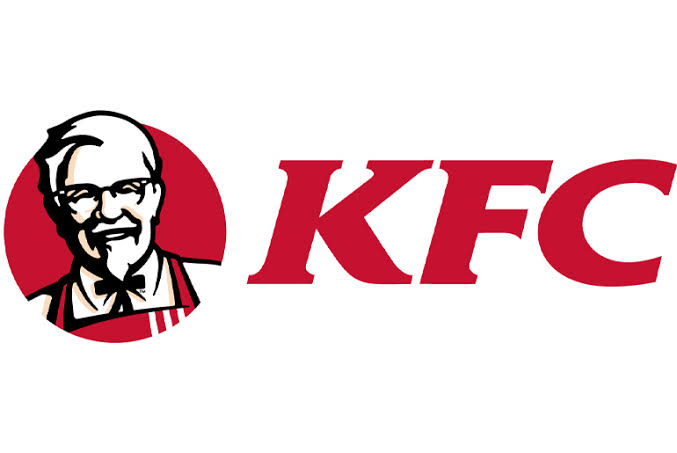My Blog
KFC’s Journey and Triumph in India: A Comprehensive Case Study

Colonel Harland Sanders began selling fried chicken from his roadside restaurant in Kentucky during the Great Depression. Embracing the franchising model at the age of 62, he opened the first KFC (Kentucky Fried Chicken) outlet in Utah in 1952. Today, KFC stands as the second-largest fast-food chain globally, following McDonald’s, with a presence in 150 countries through 30,000 outlets, valued at $12.87 billion. This article delves into KFC’s entry into the Indian market, its strategic approach, and the key takeaways from its marketing efforts.
Market Entry in India: Overcoming Initial Hurdles
KFC ventured into India in 1995, opening its first outlet in Bangalore. As the first fast-food chain to enter India post-globalization, KFC faced significant resistance. Concerns about farmers shifting from crop farming, allegations of using illegal amounts of monosodium glutamate, and PETA’s protests against animal cruelty forced KFC to exit the market temporarily. Repositioning itself from a family restaurant to a teenage hangout spot, KFC re-entered India in 1999 and gradually established over 1,000 outlets across 240+ towns and cities, including Chennai, Delhi, Mumbai, Chandigarh, Kolkata, and Pune.
STP Analysis: Segmenting, Targeting, and Positioning
Segmentation:
- Geographic Segmentation: KFC targets urban centers and metropolitan cities in India, catering to busy customers seeking quick and delicious meal options.
- Demographic Segmentation: The primary demographic includes middle and upper-middle-class families, young professionals, and students with disposable income.
- Psychographic Segmentation: KFC appeals to individuals prioritizing taste and convenience, making its signature fried chicken a popular choice.
Targeting:
KFC’s primary target market in India comprises young adults aged 18-34 years, who seek affordable yet tasty meal options and frequently dine out with friends or order in for casual gatherings.
Positioning:
KFC positions itself as a go-to place for affordable and delicious food, encapsulated by its tagline, “It’s Finger Lickin’ Good.”
SWOT Analysis: Understanding Strengths, Weaknesses, Opportunities, and Threats
Strengths:
- Strong Brand Recognition: KFC’s iconic branding, featuring Colonel Sanders, is globally recognized, evoking thoughts of delicious, crispy chicken.
- Unique Selling Proposition (USP): KFC’s secret blend of 11 herbs and spices provides a distinctive taste that sets it apart from competitors.
Weaknesses:
- High Dependency on Chicken: A narrow focus on chicken may deter customers seeking diverse meal options.
- Occasional Quality Issues: Maintaining consistent quality across all outlets is a continuous challenge that can affect customer loyalty.
Opportunities:
- Growing Urbanization in India: Increased urbanization expands the potential customer base, boosting demand for quick, convenient meals.
Threats:
- Intense Competition: The fast-food industry is highly competitive, with numerous brands vying for market share.
- Health Trends: Rising consumer preference for healthier food options requires KFC to balance indulgent offerings with healthier alternatives.
Marketing Mix (4Ps): Crafting a Winning Strategy
Product:
- Core Products: KFC’s menu revolves around its legendary fried chicken, including classic buckets, chicken sandwiches, mashed potatoes, and coleslaw.
- Innovations: In India, KFC introduced the Veggie Zinger to cater to the local vegetarian population, demonstrating an understanding of local tastes.
Price:
- Value-Based Pricing: KFC offers meals at various price points to appeal to a wide range of customers and uses bundle pricing to enhance value.
- Promotional Offers: Regular promotions incentivize purchases and keep KFC competitive and profitable.
Place:
- Strong Urban Presence: KFC’s presence in major urban centers ensures accessibility through dine-in, take-out, and delivery options.
Promotion:
- Advertising Evolution: Colonel Sanders remains the face of the brand. The tagline “It’s Finger Lickin’ Good” effectively communicates the irresistible taste of KFC’s food.
- Social Media and Influencer Marketing: KFC maintains a robust presence on social media, leveraging influencer marketing and cohesive brand aesthetics to engage with its audience.
Key Takeaways from KFC’s Marketing Success in India
- Innovate with Local Tastes: Introduce regional menu items to cater to local preferences.
- Value-Based Pricing: Offer varied pricing to attract different customer segments.
- Multi-Channel Presence: Utilize dine-in, take-out, and delivery options effectively.
- Memorable Campaigns: Create lasting slogans and campaigns that resonate globally.
Conclusion
KFC’s tailored approach in India, combining strong brand recognition, innovative product offerings, strategic pricing, effective distribution, and memorable promotions, has resulted in significant growth and a beloved brand status among diverse demographics. By continuously adapting to market dynamics and consumer preferences, KFC exemplifies successful market entry and expansion strategies for global brands.
By implementing these insights, other businesses can enhance their market presence, connect with customers, and achieve sustainable growth in competitive environments.
